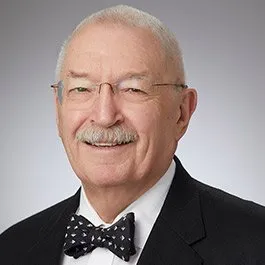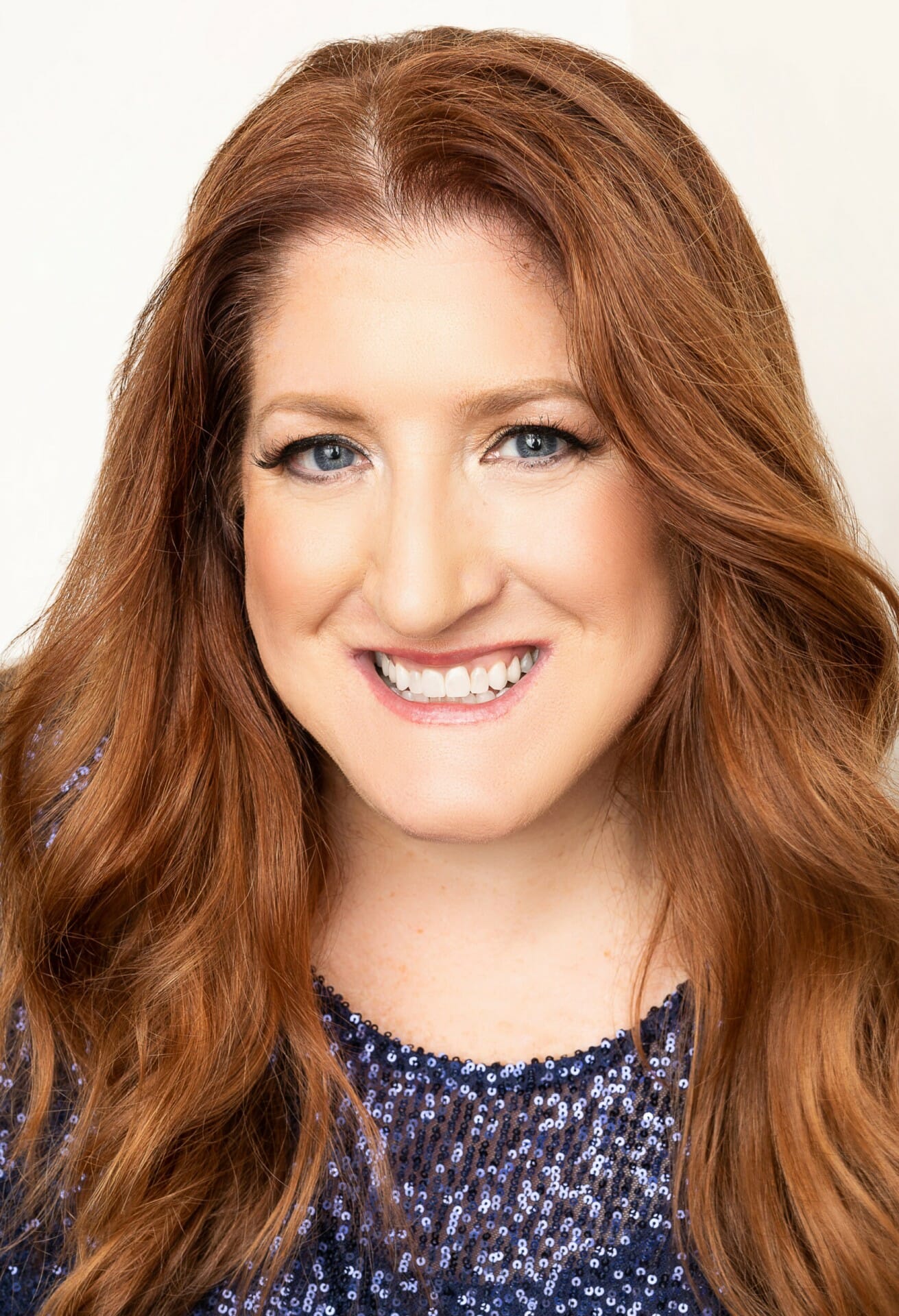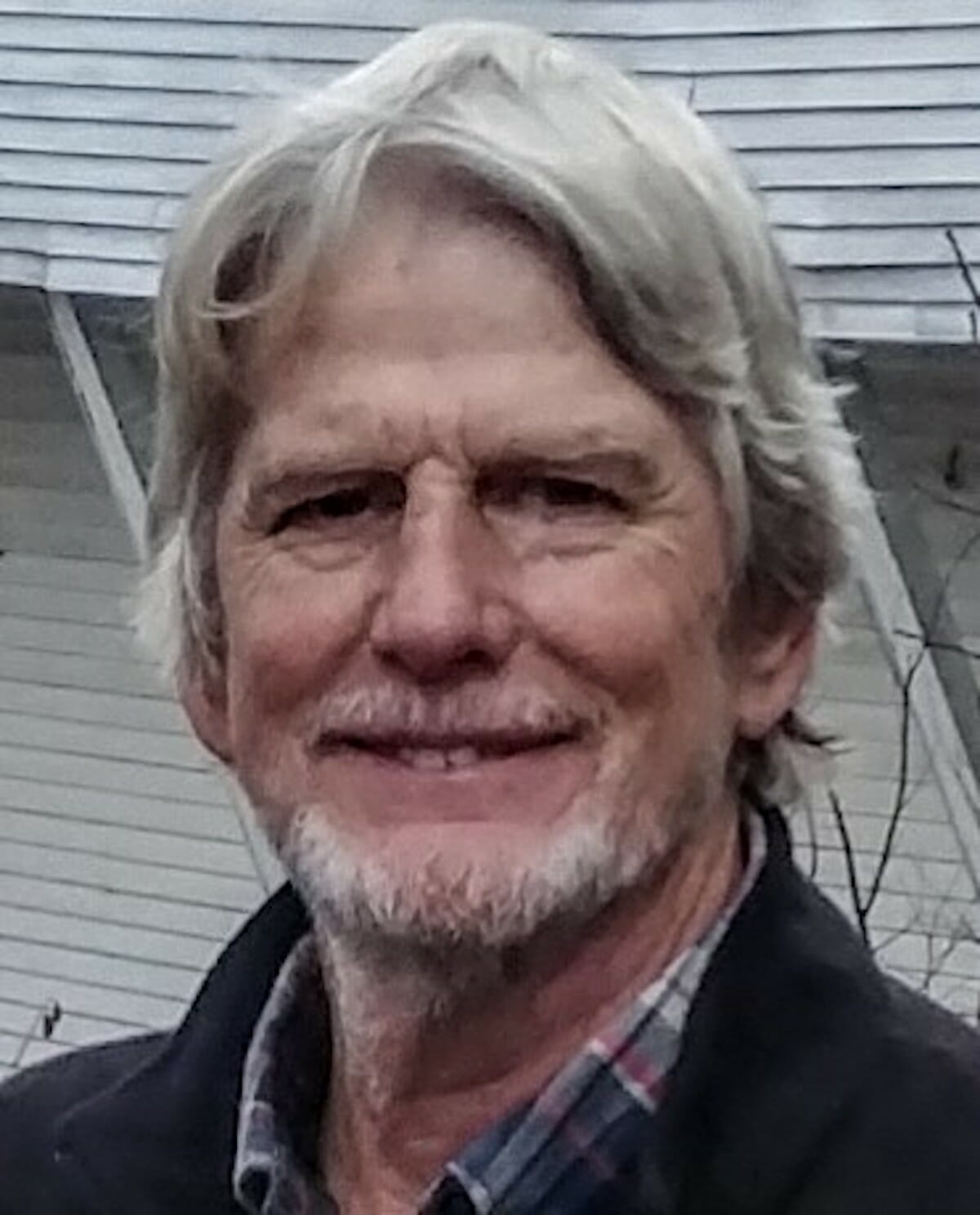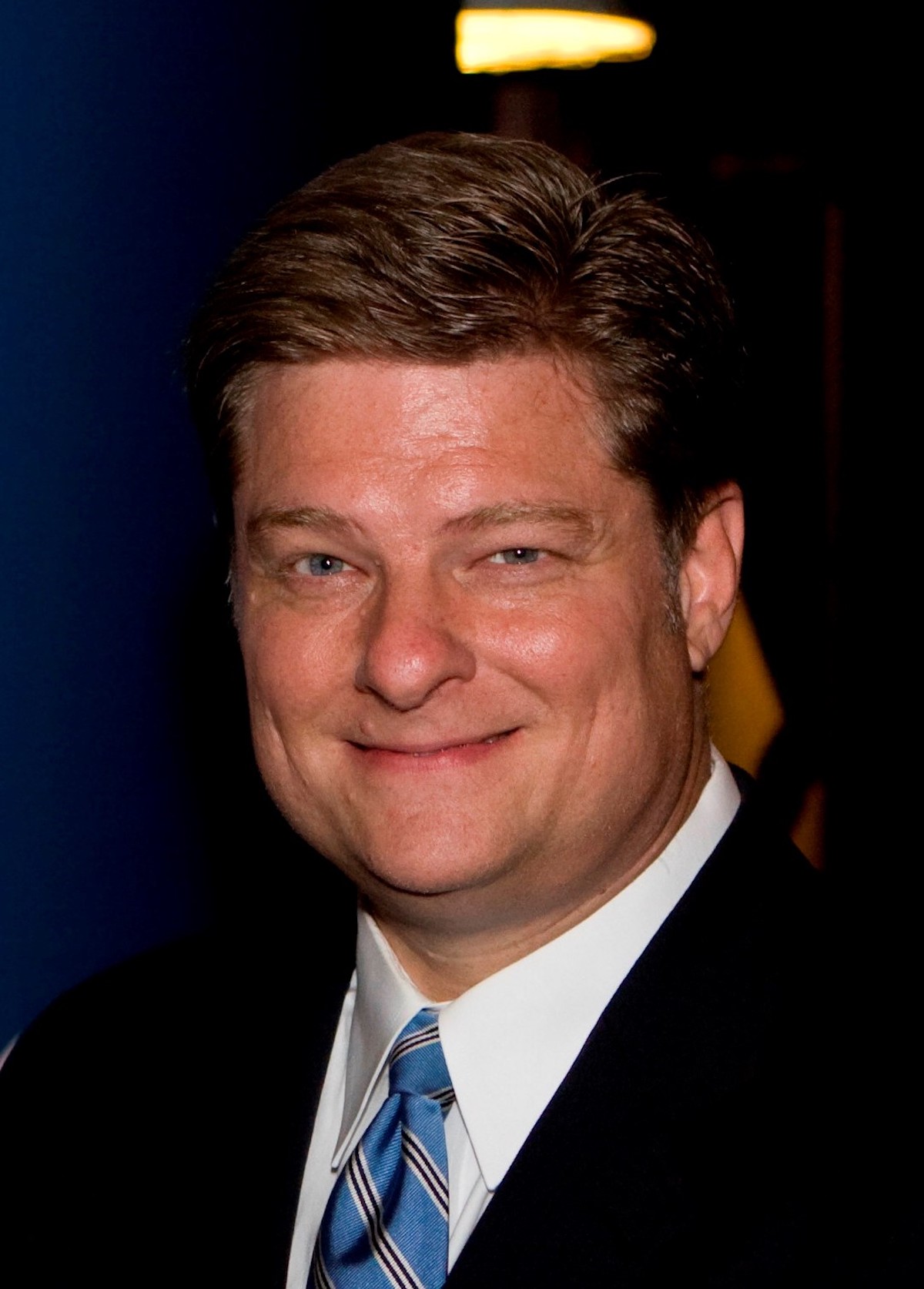By Jay Bender
Why would an innocent man lie to police about the last time he saw his wife and son alive? I’m no closer to answering that question now than I was in January when Judge Clifton Newman appointed me liaison between the court and the press for the Murdaugh murders trial.
Millions of people around the world were able to watch live a murder trial in Walterboro, S.C., and view dramatic photos from inside the courtroom because of a rule adopted by the South Carolina Supreme Court in 1993. Prior to the adoption of that rule cameras, still and video, had been prohibited in South Carolina courtrooms. When the court adopted a cameras in courts rule at the urging of South Carolina journalists then Chief Justice David Harwell hailed the rule as an opportunity to expose the public to the operation of the judicial system.
Perhaps in an earlier time in our society members of the public had the time and ability to attend trials beyond those where they might be called to jury duty. That is no longer the case, and in recognition of that reality the cameras rule allows video and still photography in the courtroom subject to the supervision of the presiding judge.
In those instances when multiple news organizations want to cover a trial they must agree to a pool arrangement. In the journalism world a pool is created when one news organization gathers video or still photographs to be shared with other news organizations. On occasion a pool print reporter will write dispatches which are also shared.
In the Alex Murdaugh trial, Judge Newman selected Court TV to provide the video pool coverage. Court TV placed three remotely operated video cameras in the courtroom. One camera focused on the defense table and the defendant. One camera located beside the judge’s bench focused on the prosecution team. The third camera was located in the gallery and could be focused on the judge or the witness stand.
Microphones were placed to capture the proceedings. Three Court TV personnel were in the courtroom to control the cameras, the audio feed and the video feed. They were seated along a wall in the courtroom opposite from the jury. Outside the courthouse Court TV rented a prefabricated garage and placed it on a street running beside the courthouse to serve as a studio.
The audio and video images captured by Court TV were transmitted to a van parked about a half block from the courthouse, and from there the images were transmitted by cable or satellite to a media overflow center and other news organizations for distribution to the world.
Many television stations set up tailgating style tents on streets running alongside the courthouse lawn for use as remote studios. These tents provided a festive appearance in contrast to the grim business of trying a man for the murder of his wife and a son.
Still photographers were provided by The State and The Post and Courier newspapers, and their photographs captured the emotion and drama in the courtroom. Unlike sporting events where photographers can change position to follow the action the pool photographers at the trial were in stationary, designated positions.
At the lunch break the still photographers would hustle to the overflow media center to upload their photos to those members of the pool who were entitled to access. At the close of each day’s proceedings the still photographers photographed the documents that had been entered into evidence and uploaded those photos along with those that had been shot in the afternoon session.
The photographers worked out a system where they would change sides of the courtroom between the morning and afternoon sessions. One photographer stood between the jury box and the prosecution table, and the other was seated in what is called the “grand jury box.” A grand jury has more members than a trial jury so seats are arranged along two sides of the courtroom for jurors. Trial jurors were seated along the wall perpendicular to the prosecution table while across the courtroom the grand jury box seats were filled with a deputy sheriff, Court TV operations, a radio reporter, a still photographer, court personnel, and, on occasion a visiting judge.
Judge Newman had presided over other trials which attracted attention, and he was committed to providing press access to the courtroom. Judge Newman’s list of news organizations entitled to reserved seating in the gallery was topped by two local, non-daily newspapers: The Press and Standard from Walterboro, and The Hampton County Guardian from the town where Murdaugh’s former law firm was located.
Other news organizations given reserved seating included newspapers from Charleston and Columbia, television stations from Charleston and Savannah, national television networks, The Wall Street Journal and The New York Times. In what may be a first, reserved seats were provided for bloggers and podcasters which had covered the case from its inception.
In addition to the reserved seating for designated news organizations, a daily lottery was held to allow up to four organizations without reserved seats to be present in the courtroom. From a practical perspective, the courtroom was not the best location from which to cover the trial. The Town of Walterboro established an overflow media center in its Wildlife Center located across the street from the courthouse. The overflow center had the Court TV audio and video feed with much a better view of the actors in the drama than was available in the courtroom. The audio in the overflow center was also superior to the courtroom which was constructed in 1822, and had inadequate acoustics.
The overflow center was equipped with tables, chairs, power outlets, and ample electrical service to allow the journalists working there to be “plugged in.” Internet and cellphone access was available and essential to the reporters. The center also had restrooms and coffee. Because the Wildlife Center is an event venue, and two weddings were scheduled during the six weeks of the trial, the journalists were on occasion relocated to a portion of the building where they worked alongside tanks and display cases with Lowcountry wildlife including a snake and an alligator.
When the jurors visited the scene of the murders at Moselle, a pool was created to cover the scene. Journalists wanting to participate in this pool submitted their names to be included in a drawing. The names were divided into categories for print photographer, videographer, and print reporter. This pool was given access to the murder scene after the jury had returned to the courthouse, and provided a perspective on the compactness of the scene not apparent in the photographs and drawings in evidence.
Journalists joked that the losers of the drawing made up the pool because of testimony about wild hogs and snakes at Moselle. The videographer was from Court TV, the still photographer was from The Post and Courier, and the print reporter was from the Wall Street Journal. No hogs or snakes were seen by the pool although a court reporter said a snake was seen when the jurors were at the scene.
None of the arrangements for the press occurred by accident. Judge Newman and his law clerk Gabby Williams identified steps that needed to be taken to ensure adequate access to the trial. Judge Newman issued an order on media coverage that should serve as a model for judges conducting the next “Trial of the Century.” The order included a prohibition on cellphones in the courtroom, a rule in place in South Carolina since 2000, and a prohibition on laptops and other portable devices lest they distract the jurors.
Colleton County Clerk of Court Becky Hill worked with her staff to devise and implement a pass system which was used to enable reporters to enter the courthouse. Walterboro Development Director Scott Grooms arranged for the overflow center and a parking lot for satellite trucks and reporters. He also had placed on the parking lot the cleanest, most accommodating portable toilet you will ever see — The Taj Ma Stall. Grooms auditioned and solicited food trucks which were arrayed in the parking lot next to the overflow center to provide dining opportunities for reporters, lawyers and spectators.
Sheriff Buddy Hill and his deputies provided security in and around the courthouse, always operating with courtesy and professionalism whether the issue was a bomb threat which necessitated an evacuation of the courthouse during the trial, or self-styled “First Amendment Auditors” who did not seem to understand that they were not allowed to take photographs of jurors, or occupy certain portions of the sidewalk when jurors were being escorted into or out of the courthouse.
As the trial went on, the public interest in attending in person grew significantly. In the fifth and sixth weeks of the trial persons seeking admission began lining up hours prior to the opening of the courthouse. Many brought lawn chairs, coolers, snacks and beverages to ease the wait. The deputies managing the line did so with grace and good humor, and always politely explained that cellphones, smart watches, earbuds, cigarettes, lighters and opened water bottles were not allowed in the courthouse.
If one wanted to bring a bag into the courthouse it had to be clear plastic. And, a photo identification was required. The deputies always walked down the line to inform citizens what the requirements were so that a phone could be returned to a car, or a driver’s license retrieved without the loss of a place in line. These deputies were included in many selfies taken by those waiting in line, a testament to their skill.
How did the press conduct itself? Once reporters understood they could not have a cellphone or laptop in the courtroom, there were no disputes. There were always more reporters wanting seating in the courtroom than seats available, but it soon became apparent that if a reporter wanted to tweet or text live updates on the trial that could be accomplished easily in the overflow center.
Television and cable networks would on occasion bring in their nationally known on-air talent, but in each case the new arrivals accepted the restrictions without question. On balance, the press members who were in Walterboro deserve as high a grade as the individuals who worked very hard to fulfill the provision in the South Carolina Constitution that all courts are public. News organizations that were not in Walterboro had difficulty understanding that the pool arrangement was created for those organizations in Walterboro, and not intended to create remote bureaus for those not covering the trial in person.
Not all of the action occurred in the well of the courtroom. One of Murdaugh’s relatives passed a paperback book to him, and he took it back to his jail cell at the end of the day. The book was considered contraband and resulted in the Murdaugh family being moved back a couple of rows from their initial location behind the defendant. The author of the paperback was John Grisham.
One day notes were being passed and whispered inquiries were made, “Is it him?” The Mayor of Walterboro was puzzled when asked for his autograph by more than one person, but obliged with good humor. John Grisham was not in the courtroom.
Jay Bender is a retired University of South Carolina professor and media lawyer who represents the S.C. Press Association and its newspapers.









